Tag: hypertension

Serum Creatinine in the Critically Ill Patient With Sepsis
A 73-year-old man underwent esophageal resection for cancer. He had a history of hypertension that was treated with an angiotensin receptor blocker. Preoperative estimated glomerular filtration rate (GFR) was 98 mL/min/1.73... read more

Cardiac Intensive Care
Using a multidisciplinary, team-oriented approach, this unique title expertly covers all the latest approaches to the assessment, diagnosis, and treatment of patients with critical cardiac illness. Led by Dr David L. Brown,... read more
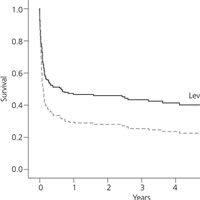
Use of Levosimendan in ICU Settings
Levosimendan has been demonstrated to have potential utility in a range of critical illness scenarios. It must be acknowledged, however, that in each sphere of application, the evidence is incomplete or indicative rather... read more
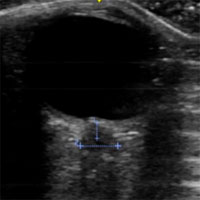
Idiopathic Intracranial Hypertension
A 22 year-old female with a medical history of migraines and obesity who presents to the Emergency Department with a headache. Her headache was gradual in onset, but has progressively worsened and has not been relieved... read more

Pretreating red blood cells with nitric oxide may reduce side effect linked to transfusions
A new treatment may diminish a dangerous side effect associated with transfusions of red blood cells (RBCs) known as pulmonary hypertension, an elevated blood pressure in the lungs and heart that can lead to heart failure.... read more

Pediatric Hypertension and Hypertensive Emergencies: Recognition and Management in the Emergency Department
Pediatric hypertension generally presents to the ED in 2 forms: (1) the otherwise asymptomatic child with elevated blood pressure, and (2) the child with a true hypertensive emergency. This issue provides recommendations... read more
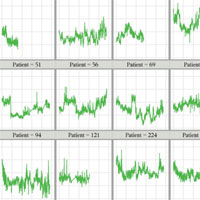
Incidence, Severity, and Detection of Blood Pressure Perturbations after Abdominal Surgery
Intraoperative and postoperative hypotension are associated with myocardial and kidney injury and 30-day mortality. Intraoperative blood pressure is measured frequently, but blood pressure on surgical wards is usually measured... read more
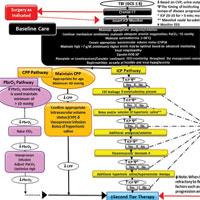
Management of Pediatric Severe Traumatic Brain Injury
This article provides an algorithm of clinical practice for the bedside practitioner based on the available evidence, treatment protocols described in the articles included in the 2019 guidelines, and consensus that reflects... read more

Overuse of troponin? A comprehensive evaluation of testing in a large hospital system
Troponin assays are integral to the diagnosis of acute myocardial infarction (AMI), but there is concern that testing is over utilized and may not conform to published guidelines. We reviewed all testing performed at 14 hospitals... read more
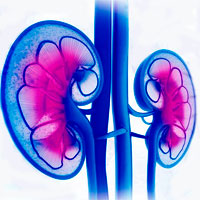
Predicting AKI using urinary liver-type fatty-acid binding protein and serum N-terminal pro-B-type natriuretic peptide levels in patients treated at medical cardiac ICUs
Urinary L-FABP and serum NT-proBNP levels on admission are independent predictors of acute kidney injury (AKI), and when used in combination, improve early prediction of AKI in patients hospitalized at medical cardiac intensive... read more
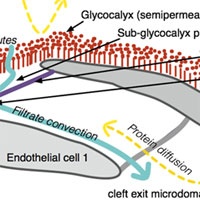
Plasma Volume, Tissue Oedema, and the Steady-state Starling Principle
The Michel–Weinbaum steady-state Starling principle has important consequences for clinical practice. The hope that biophysical intravascular colloid therapy with albumin or plasma substitutes can deliver plasma volume... read more
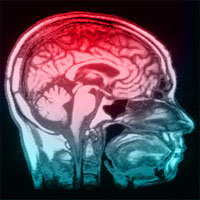
Ultrasound Non-invasive Measurement of Intracranial Pressure in Neurointensive Care
Of the studied ultrasound nICP methods, ONSD is the best estimator of Intracranial Pressure (ICP). The novel combination of ONSD ultrasonography and vTCD of the straight sinus is a promising and easily available technique... read more

Pheochromocytoma Diagnosis
Pheochromocytoma is a catecholamine-producing tumor that originates from chromaffin cells of the adrenergic system, most commonly in the adrenal medulla. There are two main steps in the diagnosis of pheochromocytoma: biochemical... read more
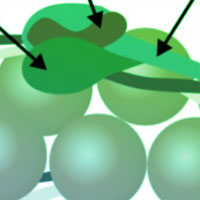
The Elevated Troponin: What else besides ACS could cause troponin elevation?
The increased troponin used to be a straight ticket to the cardiology service. Now, the picture isn't so clear. What do you need to consider in the patient with elevated troponin? Cardiac troponins consist of three proteins:... read more




